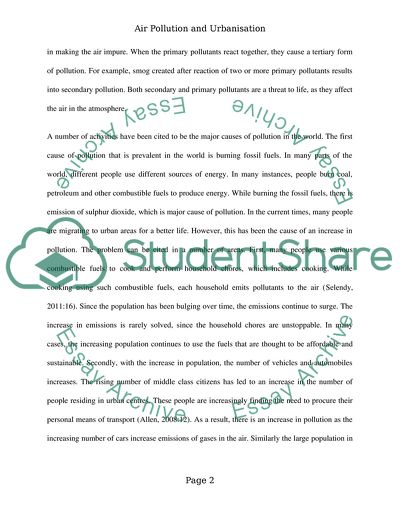Cite this document
(“Urbanization Essay Example | Topics and Well Written Essays - 1500 words - 1”, n.d.)
Retrieved from https://studentshare.org/english/1646136-urbanization
Retrieved from https://studentshare.org/english/1646136-urbanization
(Urbanization Essay Example | Topics and Well Written Essays - 1500 Words - 1)
https://studentshare.org/english/1646136-urbanization.
https://studentshare.org/english/1646136-urbanization.
“Urbanization Essay Example | Topics and Well Written Essays - 1500 Words - 1”, n.d. https://studentshare.org/english/1646136-urbanization.


